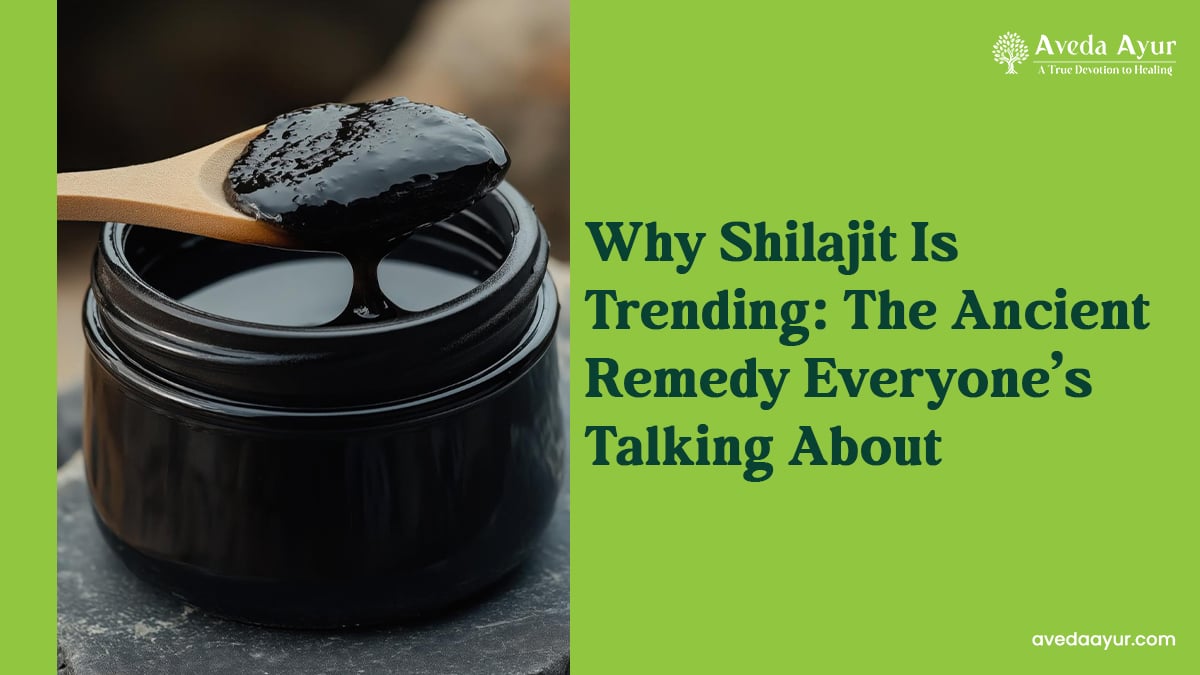Ayurvedic Treatment for Ovarian Cysts
Ovaries are the vital almond-shaped organs of the female reproductive system and are found on both sides of the uterus in the lower abdomen. Generally, there are two ovaries in women that are responsible to produce eggs and the estrogen and progesterone hormones.
An ovarian cyst may be defined as a sac of fluid or semisolid material found on or within the ovaries. Normally the ovarian cysts are small, harmless, and are most common during the reproductive years. However, ovarian cysts can occur at any stage of your life. An Ovarian cyst takes place when fluid builds up within a thin membrane of the inner side of your ovary. The size of an ovary cyst can either be of pea size or larger than an orange.
Ovarian Cyst in Ayurveda
Ayurveda relates the cysts with the classification of “Kaphaj Granthi” or “Granthi Aartav Dosha”. The Ayurveda texts denote “Aartav” as ovaries and “Granthi” as hard mass or cysts. An increase in Kapha dosha along with an imbalance in Vata and Pitta results in the formation of cysts. Artavavaha Srotas – Rasa and Rakta dhatus are the channels and tissues associated with ovarian cysts that allow ovarian cysts to grow by creating favorable conditions. Moreover, an increase in toxins and impurities may increase the number of cysts.
Types of ovarian cysts
Ovarian cysts of different types like dermoid cysts and endometrioma cysts. But the most common type of cysts is a functional cyst and which is of two types like follicle and corpus luteum cysts.
Follicle cyst
A follicle cyst is formed during a menstrual cycle and when a follicle or sac containing a fluid inside the ovaries doesn’t break up and form a cyst on the ovary.
Corpus luteum cysts
During a woman`s menstrual cycle, follicle sacs typically break down after releasing an egg. However, when a follicle sac doesn’t break up, additional fluid can accumulate inside the sac which causes a cyst known as corpus luteum cyst.
Other types of ovarian cysts include:
- Dermoid cysts
- Cystadenomas
- Endometriomas
What are the Causes of Ovarian Cyst?
Ovarian cysts are mostly developed due to functional cysts during a woman`s menstrual cycle. However, there are other types of cysts as well to cause ovarian cysts.
Functional cysts
Normally woman during every menstrual cycle grows follicles that produce estrogen and progesterone hormones and releases an egg during an ovulation cycle. However, when the normal follicle continues to grow, it is known as a functional cyst. Moreover, these functional cysts don’t cause any harm or pain and within two to three menstrual cycles they fade away on their own.
Other cysts
- Dermoid cysts. These are also known as teratomas and are noncancerous. Also, they can contain tissue, like hair, skin, or teeth, because they form from embryonic cells.
- Cystadenomas. Cysts filled with watery or mucous material and which develp on the surface of an ovary are called cystadenomas.
- Endometriomas. Cysts develop due to a condition in which endometrial cells grow outside your ovary and some tissue affixes your ovary and forms a growth.
Risk factors
- Hormonal problems
- Pregnancy
- Endometriosis in which endometrial cells grow outside your uterus
- A severe pelvic infection
Symptoms of an ovarian cyst
- Bloating or swelling in the abdomen
- Bowel movements with a lot of pain
- Pelvic pain before or during the menstrual cycle
- Severe pain during intercourse
- Lower back or thigh pain
- Tenderness in breasts
- Nausea and vomiting
- Indigestion
- Low backache
- Repeated urination
- Urgency to defecate
Symptoms that require immediate medical attention are:
- Extreme pelvic pain
- Fever
- Faintness or dizziness
- Fast breathing
Diagnosis
Your healthcare provider will confirm first that the symptoms you are experiencing are not due to pregnancy. He/she may then perform the below tests to check the ovarian cyst:
- A pelvic exam
- Blood tests
- Ultrasound
- Laparoscopy
Treatment of ovarian cyst
Typically, the functional ovarian cysts don’t require any treatment as they fade away on their own. You may be given hormone medicines like birth control pills by your healthcare provider to stop ovulation and cyst formation in the future.
Types of surgery
- Laparoscopy: It is a type of procedure in which your doctor may insert a small device in your abdomen through a small incision. The doctor will check your reproductive organs and pelvic cavity with the device and can remove the cyst through a tiny incision.
- Laparotomy: The procedure involves a bigger incision to remove the cyst and if the cyst tests for cancer then your doctor may either remove one or both of your ovaries, uterus, omentum, and some lymph nodes.
Ayurvedic Treatment of Ovarian Cyst
To manage ovarian cyst problems naturally, Ayurvedic medicines or remedies are worth considering. Ayurvedic treatment for ovarian cysts mainly focuses to balance the Vata, Pitta, and Kapha dosha, normalize the hormones of a woman`s body, and improvement in the functions of a woman’s ovaries. In Ayurveda, several natural herbs improve the functions of ovaries and are helpful to deal with the problem of ovarian cyst.
Below are some of Life Aveda`s Ayurvedic and natural products that help to deal with the problem of ovarian cyst naturally. The products not only heal the problem but address the root cause of the problem without having any side effects.

- Premium Female Vitality
- Premium Shatavari Capsules

Shatavari helps to regularise female hormones, manages menopausal symptoms, promotes libido, maintains a healthy heart, combat depression, and aids in weight loss, this incredible herb does it all.
Conclusion
The ovarian cyst is a common disorder among women. The functional cysts mostly disappear on their own. However certain other types of ovarian cyst require medical intervention and treatment at the initial stages can be effective. If you are struggling with an ovarian cyst problem, the above-mentioned herbal products can help you a long way to deal with the problem. Moreover, you can also consult our Ayurvedic expert on Whatsapp at +917743002519 to get the best treatment options for your condition.











